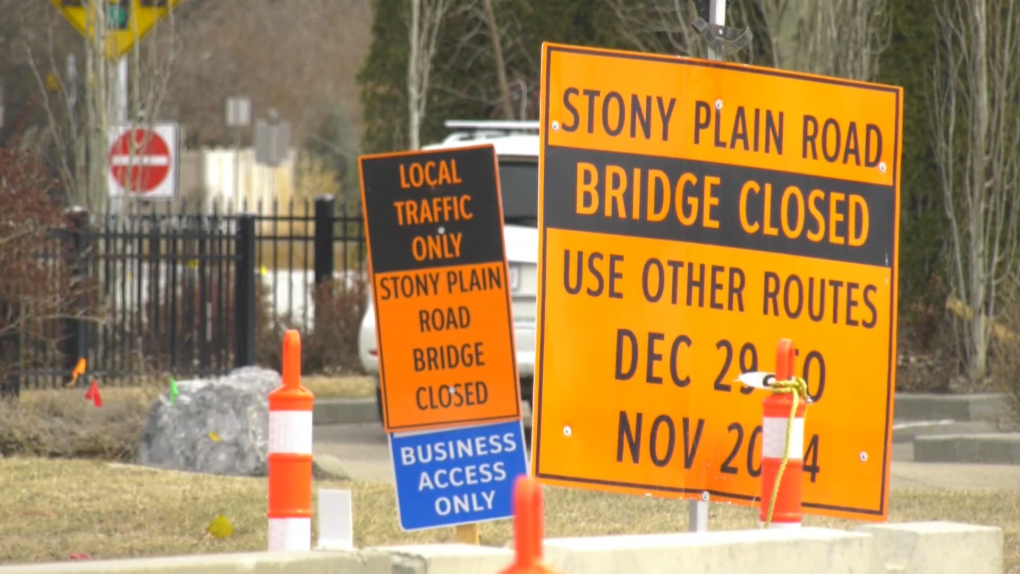Glenco
Senior Member
Wow
Well, we've had "no LRT at all" for the past 2+ years, P3 or no P3.Yup its pretty convenient that the CPC was able to force cities to use P3 funding, and now that the CPC are out of power conservative slanted papers are able to put the blame on cities and conveniently ignore that at the time, the choice was P3, or no LRT at all.
The problem, as we've seen in Ottawa as well, is that municipal governments are promising and demanding incompatible things from major transit projects. In Edmonton with the Valley Line the city was delivering to Mill Woods the long-promised rapid rail transit to downtown, but simultaneously insisted that the system would be "sensitive to neighbourhoods", have multiple local stops and have a minimal footprint. The city claims that the system will offer superior travel times to buses, yet admits the LRT won't necessarily have signal priority (unlike the Capital and Metro Lines). The transportation department claims that the line's crossings won't cause major congestion, yet declined to insist on grade separation at major crossings like 82 Avenue.I wonder how many Valley Line LRT meetings degenerated into “do it this way” from some authority.
The consortium new exactly what was wanted and bid according if they can’t meet that obligation it is 100% on them no one is asking them to exceed their obligation. What does sensitive to neighbourhoods have to do with fault signal cable or shoddy pier design? Answer. Absolutely nothing.The problem, as we've seen in Ottawa as well, is that municipal governments are promising and demanding incompatible things from major transit projects. In Edmonton with the Valley Line the city was delivering to Mill Woods the long-promised rapid rail transit to downtown, but simultaneously insisted that the system would be "sensitive to neighbourhoods", have multiple local stops and have a minimal footprint. The city claims that the system will offer superior travel times to buses, yet admits the LRT won't necessarily have signal priority (unlike the Capital and Metro Lines). The transportation department claims that the line's crossings won't cause major congestion, yet declined to insist on grade separation at major crossings like 82 Avenue.
It was the same in Ottawa. The transportation department (rubber stamped by municipal council) insisted that they wanted a tram, not a Metro vehicle. Yet the volume of passengers they wanted the system to carry was Metro-grade. The city insisted that a proven vehicle be used, even though they were aware that no manufacturer currently offered a vehicle that exactly met Ottawa's requirements. Municipal officials wanted a tram that was already in service elsewhere, yet the model that Alstom tweaked in order to satisfy Ottawa's demands had never operated in temperatures as cold as Ottawa's.
The whole mess with the Valley Line is the result of the city wanting a bunch of things that simply don't mesh. It's like going to a car dealership and telling the salesperson that you want a high-performance car with top-of-the-line features but don't want to pay any more than $25,000 and won't buy anything used. At some point, somebody has to say "You can't get everything you're asking for. There is no one, nowhere, who will deliver exactly what you want for the price you're willing to pay."
well none of the bid or joined the team with the intention of losing money (nor should they).I still wonder if some of the contractors (or subcontractors) thought of this as a job they could make a lot of bucks on.

They sure are moving WAY quicker and smoother than TransedMarigold will begin erecting the new bridge over Groat Road

Groat Road will be closed folk festival weekend for bridge construction: builders
A major route in and out of Edmonton's River Valley will be closed starting Aug. 10 so the company building the city's western LRT expansion can install new bridge girders.edmonton.ctvnews.ca
They're full steam west of it, though.I'm not sure how much quicker Marigold is. I'm STILL waiting for LRT construction from east of that bridge to downtown.